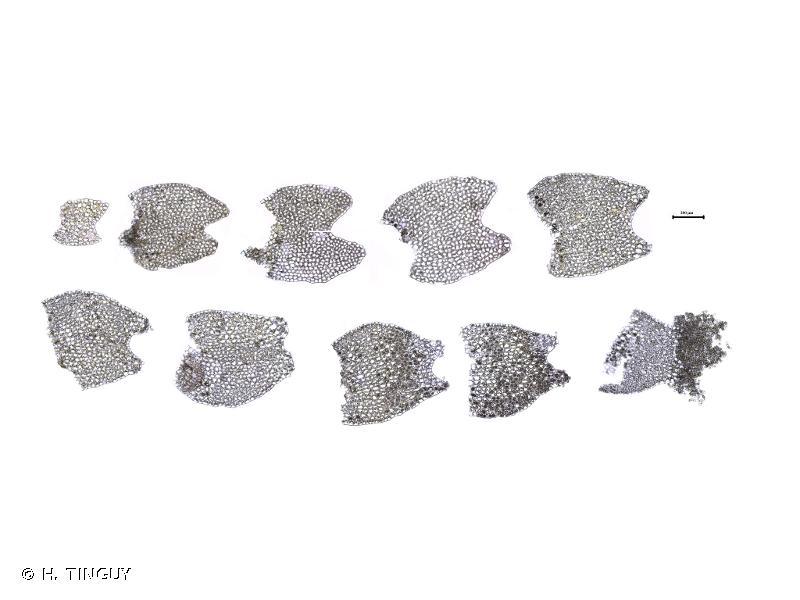
207310.jpg from: https://inpn.mnhn.fr/espece/cd_nom/6328
Introduction
The world of mosses is a fascinating and often overlooked realm, home to a diverse array of tiny, resilient plants that have been around for millions of years. Among these unsung heroes of the plant kingdom is the Lophozia ascendens (Warnst.) R.M.Schust., a member of the Lophoziaceae family, commonly known as Lophozia. This unassuming moss may be small in stature, but it plays a crucial role in the ecosystems it inhabits and has captured the interest of bryologists (moss enthusiasts) worldwide.
Background
Before we delve into the intricacies of Lophozia ascendens, it’s essential to understand the broader context of mosses. These ancient plants belong to the division Marchantiophyta, which encompasses liverworts, hornworts, and mosses. Specifically, Lophozia ascendens is a member of the class Jungermanniopsida, a group of leafy liverworts known for their intricate and delicate structures.
Main Content
Morphology and Identification
Lophozia ascendens is a tiny, creeping moss that forms dense mats or cushions on the ground or on decaying wood. Its stems are slender and irregularly branched, with closely overlapping leaves that are deeply divided into two or three lobes. The leaves are typically green or yellowish-green in color, and the plant can reach a height of just a few centimeters.
One of the key identifying features of Lophozia ascendens is the presence of specialized reproductive structures called gametangia. These structures produce male and female gametes, which fuse to form a zygote and eventually develop into a new moss plant.
Global Distribution and Habitat
Lophozia ascendens is widely distributed across the Northern Hemisphere, with populations found in Europe, Asia, and North America. It thrives in a variety of habitats, including moist, shaded areas in forests, bogs, and on decaying logs or stumps. This moss prefers acidic soils and is often found in association with other bryophytes (mosses and liverworts) and fungi.
Ecological Roles and Adaptations
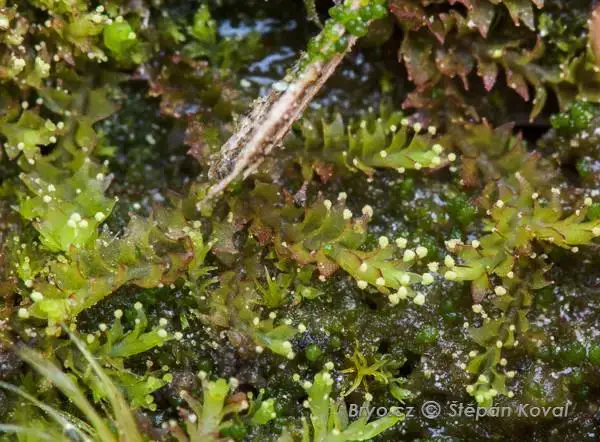
3323_Lophozia_ascendens_2009_09_27_2120.jpg from: https://www.bryo.cz/index.php?p=mechorosty_foto&site=default&gallery=lophozia_ascendens&id=3323
Despite its diminutive size, Lophozia ascendens plays a vital role in its ecosystem. As a pioneer species, it helps stabilize and enrich the soil, creating favorable conditions for other plants to establish themselves. Additionally, its dense mats provide shelter and moisture for a variety of invertebrates, such as insects and microorganisms.
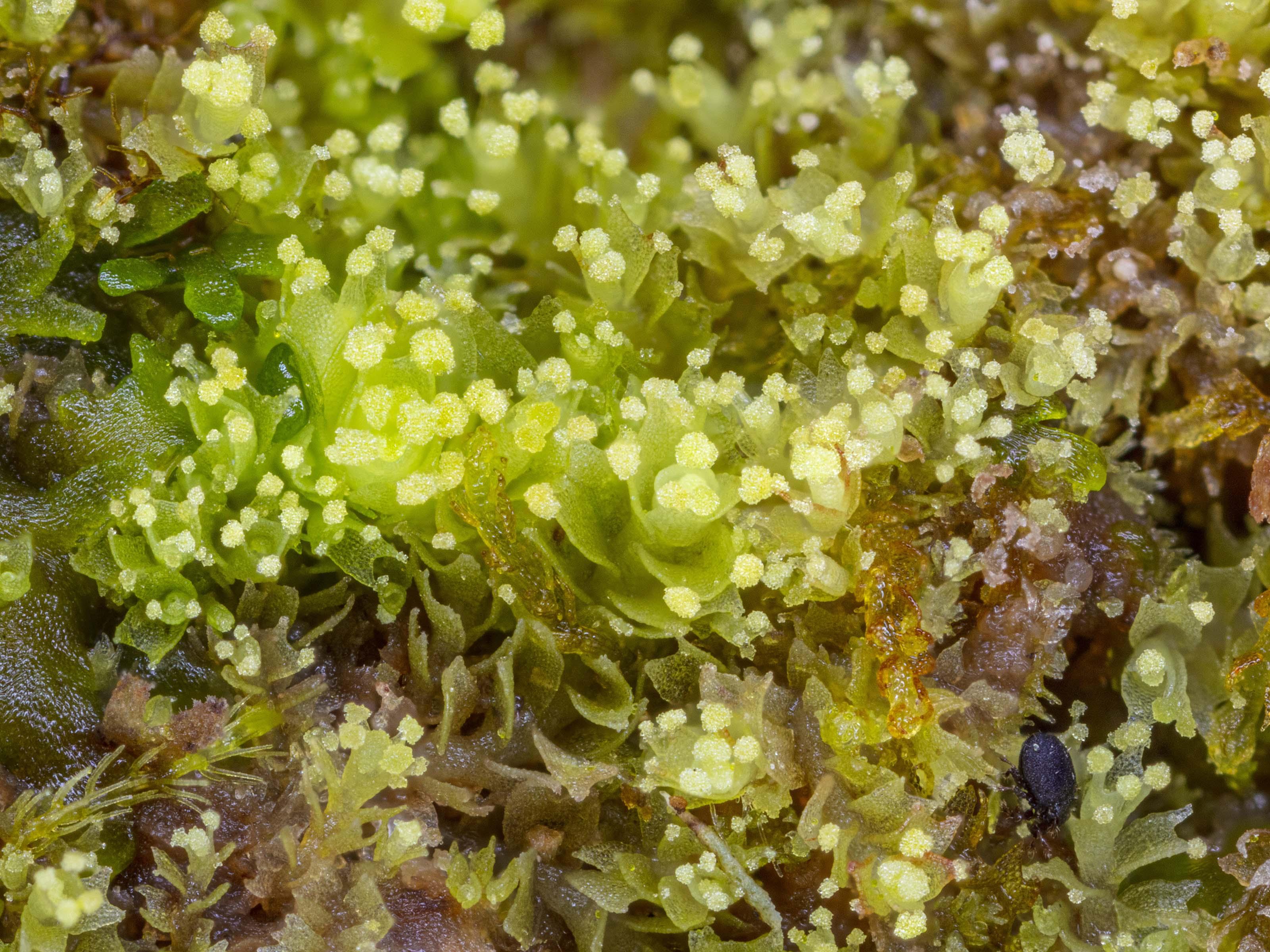
lophozia_ascendens_detail.jpeg from: https://www.korseby.net/outer/flora/bryophyta/lophoziaceae/index.html
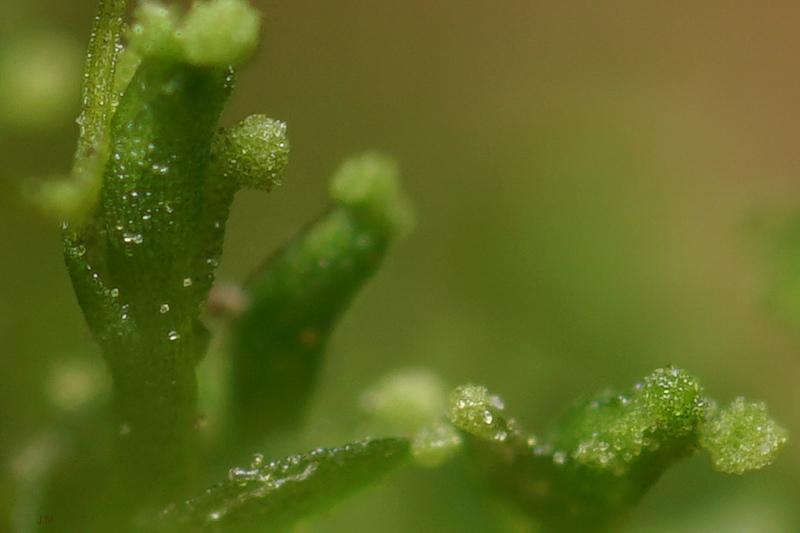
1003680.jpg from: https://www.bio-forum.pl/messages/3280/992993.html
One of the remarkable adaptations of Lophozia ascendens is its ability to survive in extreme conditions. Like many mosses, it can withstand desiccation (drying out) and quickly revive when moisture becomes available again. This resilience is due to the presence of specialized cells and compounds that protect the moss from damage during periods of drought.
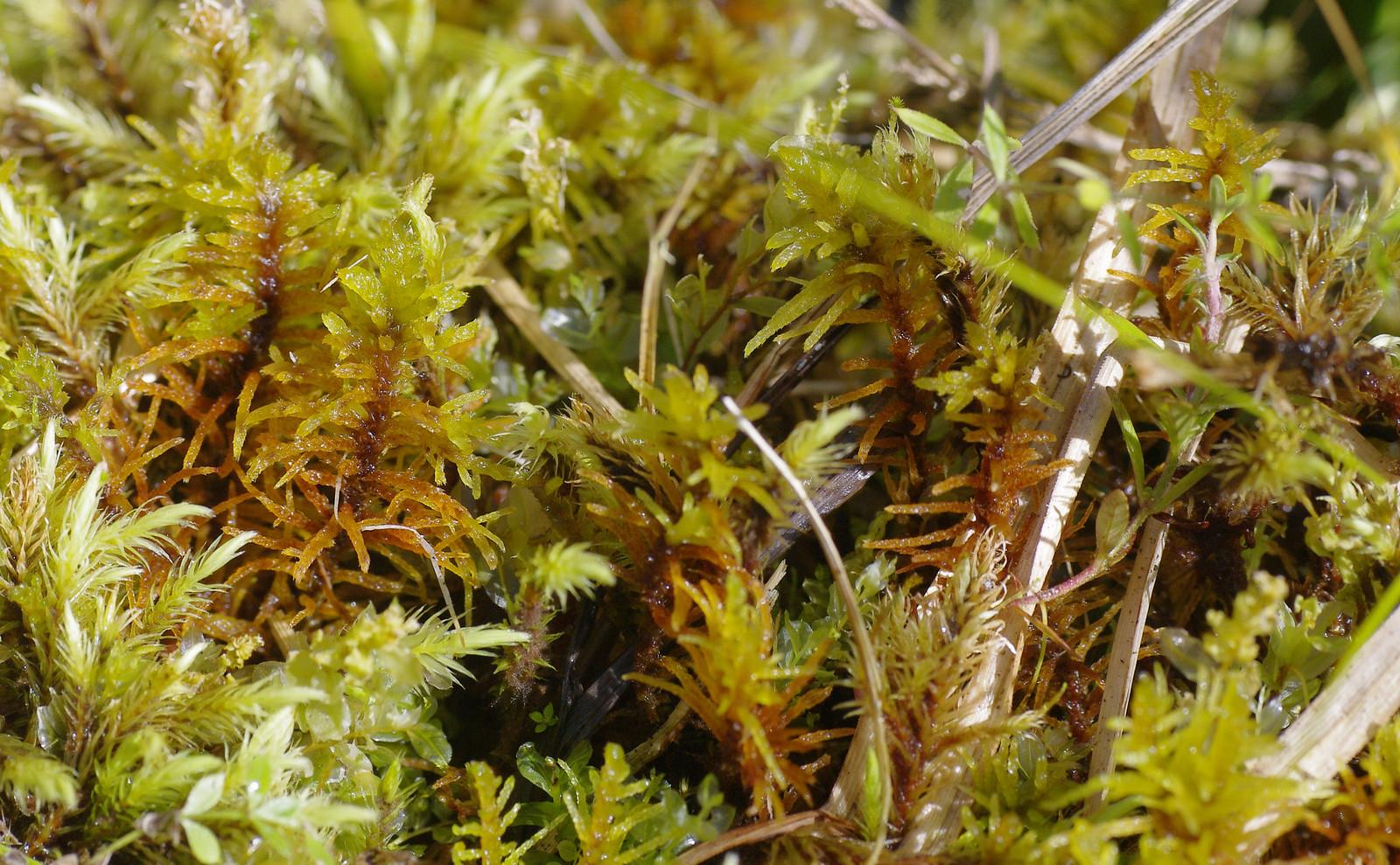
27229882358_731fa28c96_h.jpg from: https://www.flickr.com/photos/126598284@N05/albums/72157695062071555/
Case Studies/Examples
In a study conducted in the Pacific Northwest region of North America, researchers found that Lophozia ascendens played a crucial role in the recovery of forest ecosystems after disturbances such as logging or wildfires. The moss’s ability to quickly colonize disturbed areas and stabilize the soil facilitated the establishment of other plant species, contributing to the overall regeneration of the forest.
Technical Table
| Characteristic | Description |
|---|---|
| Scientific Name | Lophozia ascendens (Warnst.) R.M.Schust. |
| Family | Lophoziaceae |
| Common Name | Lophozia |
| Division | Marchantiophyta |
| Class | Jungermanniopsida |
| Growth Form | Creeping, mat-forming |
| Leaf Shape | Deeply divided into 2-3 lobes |
| Habitat | Moist, shaded areas, decaying wood, bogs |
| Distribution | Northern Hemisphere (Europe, Asia, North America) |
Conclusion
The Lophozia ascendens (Warnst.) R.M.Schust. moss, or simply Lophozia, may be small in size, but its impact on the ecosystems it inhabits is profound. From stabilizing soils and facilitating plant succession to providing shelter for countless microorganisms, this unassuming moss plays a vital role in the intricate web of life. As we continue to explore and appreciate the diversity of the natural world, perhaps we can find inspiration in the resilience and adaptability of these tiny, yet remarkable, plants. After all, who knows what other wonders the world of mosses has yet to reveal?